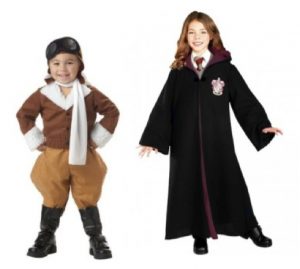I spend my life at the intersection of the stethoscope and the pen. Although I was originally trained in pediatrics and public health, as a writer, as well as a faculty member in Columbia University’s Master’s Program in Narrative Medicine, and co-chair of Columbia’s University Seminar on Narrative, Health and Social Justice, I spend most of my days writing, teaching, and thinking about the role of stories in healthcare.
Narrative Medicine is the clinical and scholarly endeavor to honor the role of story in the healing relationship. Long before doctors had anything of interest in their black bags – no MRIs, no lab tests, no fancy all body CAT scans – what they had was the ability to show up, what they had was the ability to listen, and bear witness to someone’s life, death, illness, suffering, and everything else that comes in between.
And so, I spend most of my days teaching clinicians-to-be how to listen. I do this by having them read stories, and take oral histories, and study lots of narrative theory. I teach them the work of scholars like medical sociologist Arthur Frank, who explains that when illness or trauma interrupt our life stories, we need new stories to help navigate these uncharted waters. Although it was always there, illness and trauma bring into sharp focus our basic human need for narration. We are, after all, fundamentally storied creatures.
But besides all this, what I also do is teach my students to listen by writing stories. I have them do listener response – writing in reaction to a poem or story we read in class. I have them write to a prompt – ‘when was the last time you witnessed suffering?’ I have them write ongoing personal illness narratives – weekly narratives in which I ask them to tell of the same experience but from a different point of view or genre or form to help unpack not only their own personal stories (stories which inform how they in turn will listen to the stories of others), but discover how stories work – in regard to plot, form, function, and voice.
So yes, I’m training people to be better doctors by teaching them how to be writers.
Over the years, I’ve explained some of how this all works with a philosophy of listening I’ve been callingNarrative Humility. Narrative Humility is not about gaining any sense of competence or mastery over our patients, or their stories. Rather, it is about paying attention to our own inner workings – our expectations, our prejudices, our own cadre of personal stories that impact how we react to the stories of others. You can hear me talk all about it here, during a recent TEDx event at Sarah Lawrence College (where I also teach).
But it serves to reason that if doctors can borrow skills from writers to do their jobs better, then perhaps the reciprocal thing can happen as well. In other words, does narrative humility have any lessons for those leading the writing life?
1. Active Listening – This is an easy one. Writers are told all the time to listen: for regional accents, for scraps of interesting dialogue, for pieces of intriguing stories. We listen to ourselves too through journaling, going on writing retreats, and digging deep into our cadre of personal and familial stories for sources of inspiration. We even talk about listening to our characters, and letting them co-create the story that we’re telling. For writers, as for doctors, listening is a necessary adjunct to action. It is a way of filling ourselves up – like blood into the heart, air into the lungs – before we breathe out stories, images, words onto the page.
To read the rest of this essay, please visit Uma Krishnaswami's Blog Writing with a Broken Tusk!


